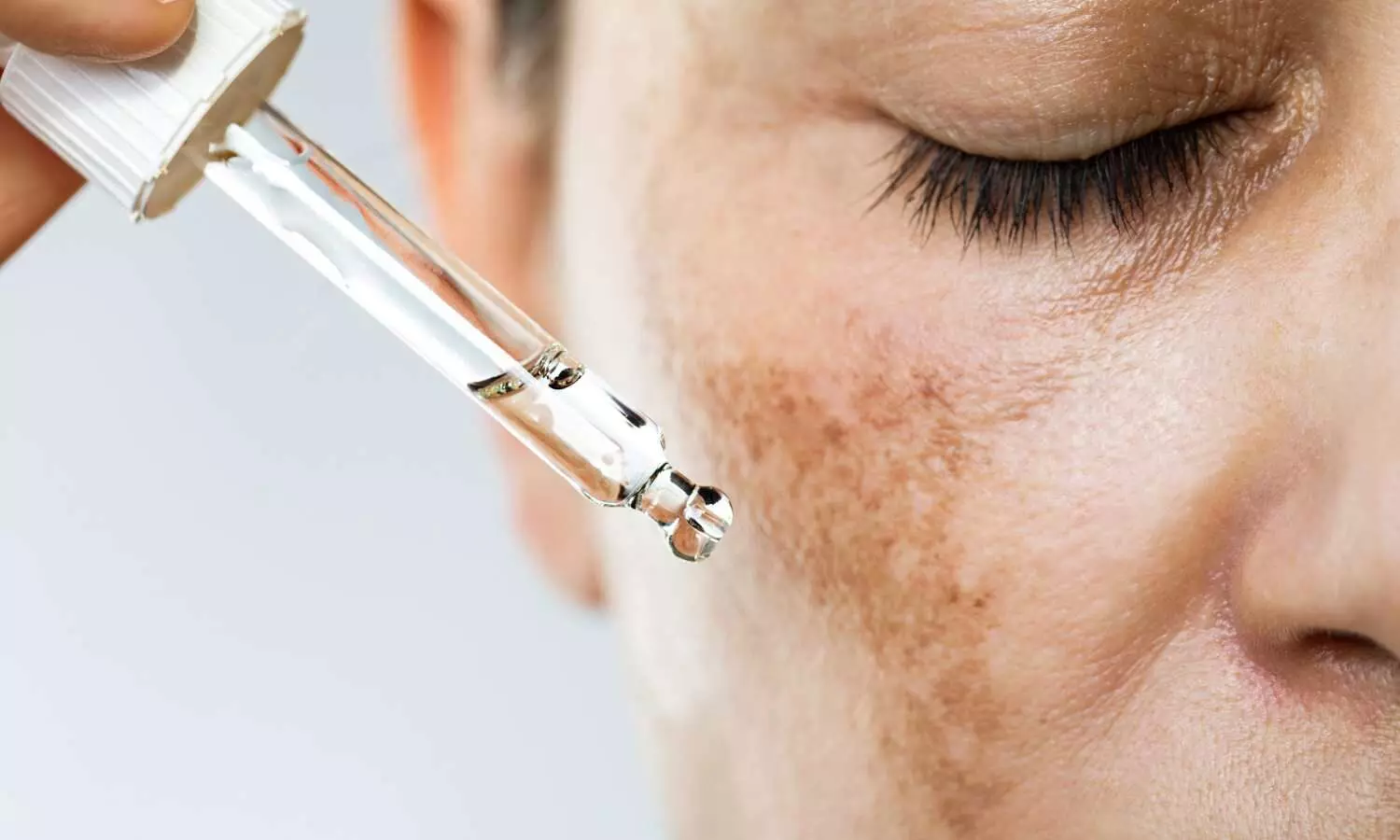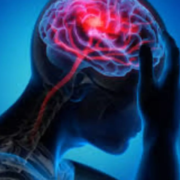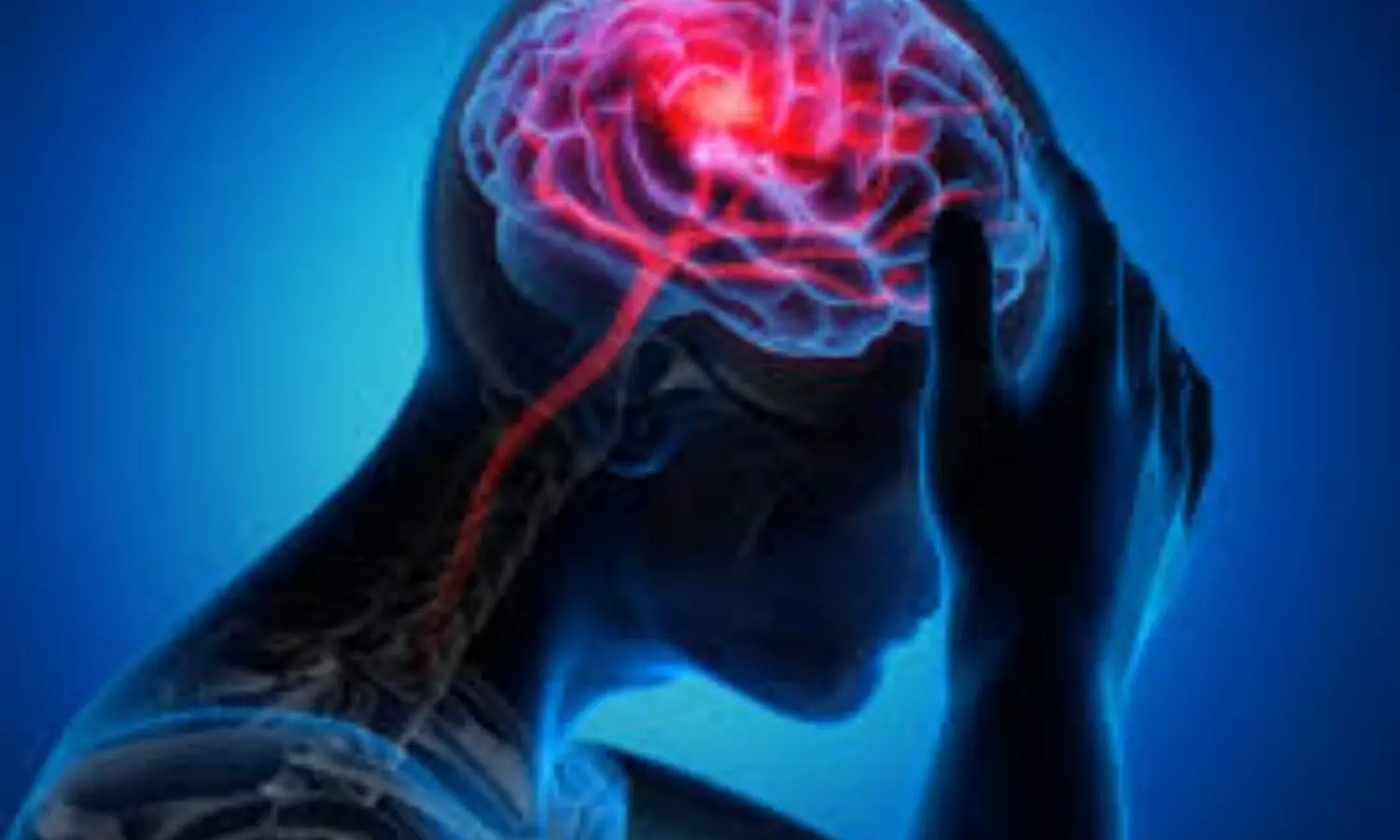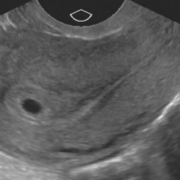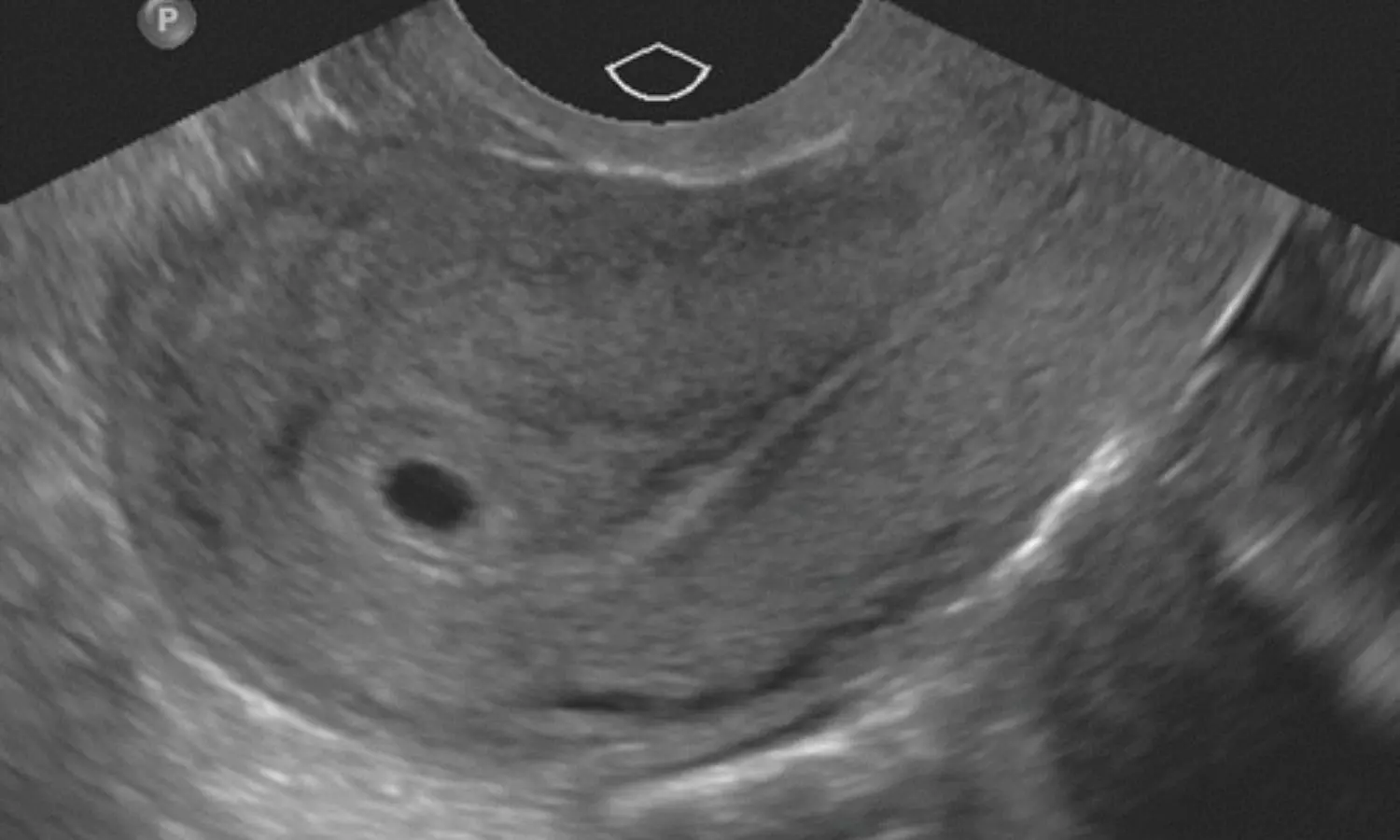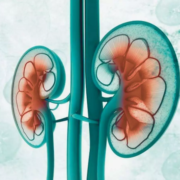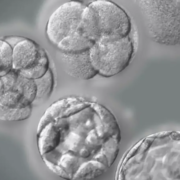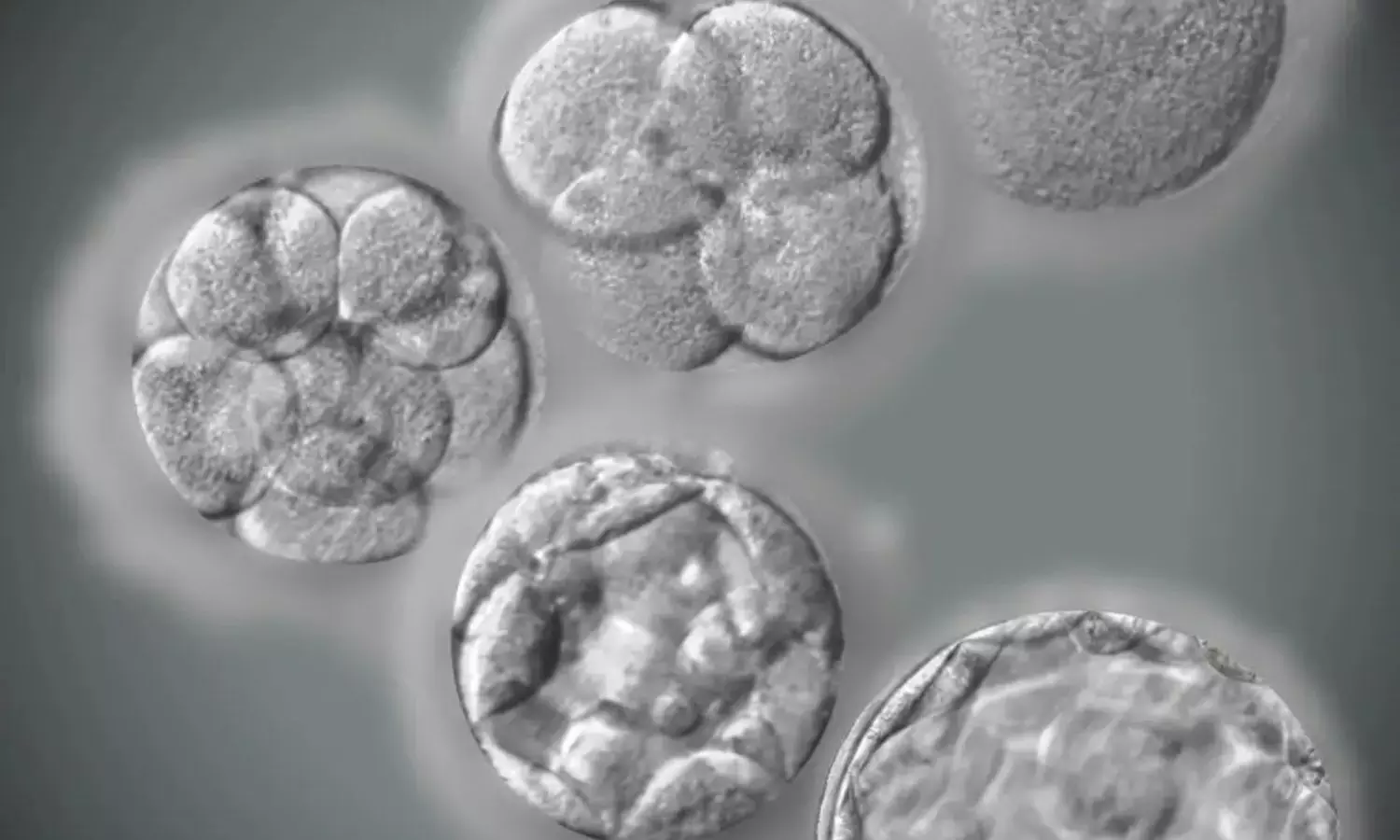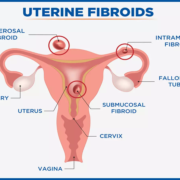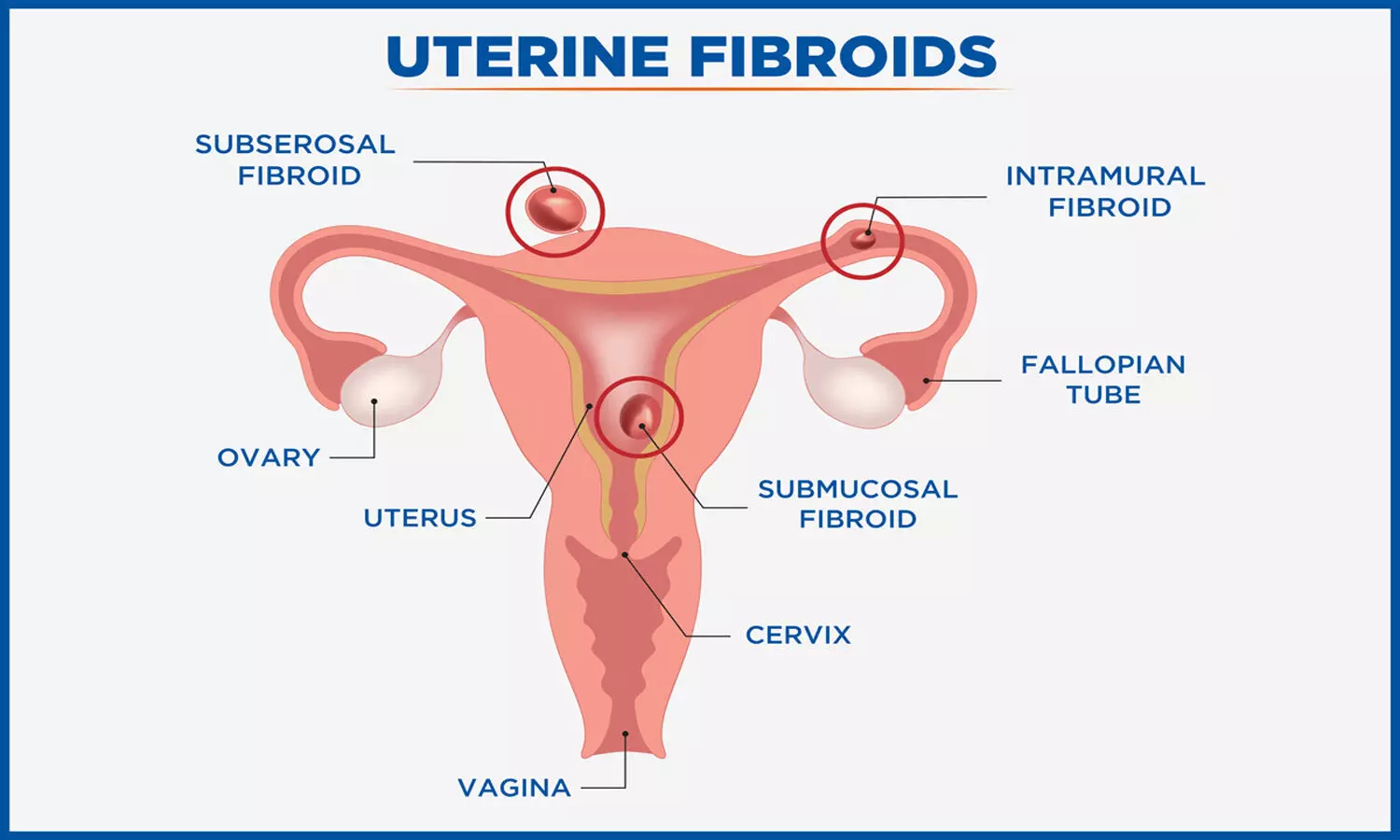|
A. CDSCO/Central Laboratories
|
|
S.No
|
Product/Drug Name
|
Batch No.
|
Manufacturing Date
|
Expiry Date
|
Manufactured By
|
NSQ Result
|
Reported
by CDSCO
Laboratory
|
|
1.
|
Metronidazole Tablets I.P. 400 mg
|
HMAA04
|
07/2023
|
06/2025
|
M/s. Hindustan Antibiotics Ltd., At: 11
W.E.A. Faridabad – 121001 (Haryana)
R.O. Pimpri, Pune – 411 018, India
|
Dissolution
|
CDL, Kolkata
|
|
2.
|
Domperidon Suspension (Vomitel)
|
U587F2401
|
06/2024
|
05/2026
|
M/s. Rainbow Life Sciences Pvt. Ltd., C/o. Unijules Life Sciences Ltd., B-35, 36, MIDC Kalmeshwar,
Nagpur 441 501.
|
Assay
|
CDL, Kolkata
|
|
3.
|
Oxytocin Injection I.P. 5 IU/1 ml
|
OTC-382A
|
04/2023
|
03/2025
|
M/s. Pushkar Pharma, Kheri, Kala Amb – 173030 (H.P.).
|
Description, Particulate matter & Assay of Oxytocin
|
CDL, Kolkata
|
|
4.
|
Metformin Hydrochloride 500 mg SR & Glimepiride 2 mg Tablets IP (SPAMET GM 2
Tablets)
|
TF147A
|
02/2024
|
01/2026
|
M/s. Swiss Biotech Parenterals , Kewat No. 1138, VPO –
Kachhwa, Karnal- 132001, Haryana
|
Dissolution of Glimepiride
|
CDL, Kolkata
|
|
5.
|
Diclofenac Sodium Tablets IP 50 mg
|
HDFA02
|
11/2023
|
10/2025
|
M/s. Hindustan Antibiotics Ltd., At: 11
W.E.A. Faridabad – 121001 (Haryana)
R.O. Pimpri, Pune – 411 018, India
|
Dissolution
|
CDL, Kolkata
|
|
6.
|
Calcium Gluconate Injection I.P. 10 ml
|
MA24E55
|
05/2024
|
04/2026
|
M/s. Martin & Brown Biosciences Pvt. Ltd.,
K. No. 918/419,
Malkumajra, Nalagarth Road, Baddi, Dist.
Solan (H.P.) 173205
|
Description & Particulate matter
|
CDL, Kolkata
|
|
7.
|
Oxytocin Injection I.P. 1 ml
|
22X23002
|
07/2023
|
06/2027
|
M/s. Radiant Parenterals Ltd., 242/4, 5 & 6, G.I.D.C.
Estate at & Post Waghodia, Dist. Vadodara, Gujarat 391
760.
|
Assay
|
CDL, Kolkata
|
|
8.
|
Ceftriiaxone Injection I.P. 1g
|
324476
|
04/2024
|
03/2026
|
M/s. Zee Laboratories Ltd., Behind 47,
Industrial Area, Paonta Sahib-173025
|
Particulate Matter & Clarity of Solution
|
CDL, Kolkata
|
|
9.
|
Gentamycin Sulphate
Injection I.P. 40 mg/ml
|
324-564
|
05/2024
|
04/2026
|
M/s. Zee Laboratories Ltd., Behind 47,
Industrial Area, Paonta Sahib-173025
|
Description & Particulate matter
|
CDL, Kolkata
|
|
10.
|
Glycopyrrolate
0.5 mg / 5ml + Neostigmine methysulfate Injection 2.5 mg
/ 5ml) (Stimin)
|
GNI2406AC
|
07/2024
|
06/2026
|
M/s. Celon Laboratories Pvt. Ltd., Plot No. 2, ALEAP
Industrial Estate, Gajularamaram, Medchal District – 500 090, Telangana State,
India.
|
Description & Clarity of Solution
|
CDL, Kolkata
|
|
11.
|
Ketoconazole Cream BP (Nozal Cream)
|
4129
|
01/07/2024
|
30/06/20
26
|
M/s. Olcare Laboratories 505/A, GIDC Estate, Wadhwan City – 363035, Dist. Surendranagar, Gujarat
|
Assay
|
CDL, Kolkata
|
|
12.
|
Heparin Sodium Injection IP 5000 IU / 5ml (Hepathin 5000 Injection 5 ml / vial)
|
L1192317G
|
08/2023
|
07/2025
|
M/s. Protech Telelinks, Mauza Ogli, Suketi Road, Kala Amb, Dist- Sirmour (H.P.) 173030
|
Description & Particulate matter
|
CDL, Kolkata
|
|
13.
|
Heparin Sodium Injection IP 5000 IU / 5ml (Hepathin 5000 Injection 5 ml / vial)
|
L1192317C
|
08/2023
|
07/2025
|
M/s. Protech Telelinks, Mauza Ogli, Suketi Road, Kala Amb, Dist- Sirmour (H.P.) 173030
|
Description, Particulate matter and Assay of Heparin (Anti- factor IIa
activity)
|
CDL, Kolkata
|
|
14.
|
Gentamicin Injection I.P. (Gentagain )
|
IGMJ330
|
10/2023
|
09/2025
|
M/s. Regain Laboratories 134/5,
HTM Road, Raipur Lane, Hisar-125001
|
Description & Particulate matter
|
CDL, Kolkata
|
|
15.
|
Glipizide Tablets I.P. 5 mg
|
Z24-187
|
02/2024
|
01/2026
|
M/s. Zee Laboratories Ltd., Behind 47,
Industrial Area, Paonta Sahib-173205
|
Dissolution
|
CDL, Kolkata
|
|
16.
|
Omeprazole & Domperidone Capsules IP
(Omerin-D Capsules)
|
RC-331223
|
12/2023
|
11/2025
|
M/s. Renowed Life Sciences, Plot No-12, Sector-6B, SIDCUL,,
Haridwar, Uttarakhand (India) 249403
|
Dissolution of Omeprazole
|
CDL, Kolkata
|
|
17.
|
Dried Aluminium Hydroxide, Magnesium Hydroxide & Activated Dimethicone
Suspension (Chill Acid MPS)
|
DNS- 2210001
|
10/2022
|
09/2024
|
M/s. Devout Nord (I) Ltd., Plot No. 28B, Sector-8B, IIE, Sidcul, Haridwar-249 403 (U.K).
|
Description, Microbial Limit Test, Identification and Assay of Activated Dimethicone
|
CDL, Kolkata
|
|
18.
|
Nimesulide & Paracetamol Tablets (Nimuvent-P Tablets)
|
GD332005
|
04/2022
|
03/2025
|
M/s. Innova Captab Limited, 1281/1, Hilltop Industrial Estate, Near EPIP, Phase-I,
Jharmajri, Baddi, Dist. Solan (H.P.)
|
Description
|
CDL, Kolkata
|
|
19.
|
Cipronir 500 (Ciprofloxacin Tablets IP 500 mg)
|
CCF212003
|
12/2022
|
11/2025
|
M/s. Celebrity Biopharma Ltd., Vill. Panga, Via – Jharmajri, Hill Top Estate, Barotiwala, Distt.
Solan, H.P. 174103
|
Dissolution
|
CDL, Kolkata
|
|
20.
|
Ofloxacin & Ornidazole Tablets I.P. (SMB OZ TABLETS)
|
B22-114
|
08/2022
|
07/2025
|
M/s. Saint Michael Biotech, No. 130, Village Kurdi, Manglore, Jharbrera Road, Roorkee- 247656 (Haridwar)
(U.K.)
|
Dissolution of Ofloxacin & Ornidazole
|
RDTL, Guwahati
|
|
21.
|
Calcium 500 mg and Vitamin D3 250 IU Tablets IP
|
LMT240025
|
01/2024
|
12/2025
|
M/s. Life Max Cancer Laboratories, Plot No. 106 & 106 A, Sector 6A, IIE, SIDCUL,
Haridwar249403 (U.K)
|
Assay of Calcium and Vitamin D3 and
Dissolution of Calcium
|
RDTL, Guwahati
|
|
22.
|
Loperamide Hydrochloride Tablets I.P. 2 mg (LOMJAN)
|
L-2401
|
01/2024
|
12/2025
|
M/s.Arya Pharmaceuticals, 111- c, Industrial Estate, Indore-15.
|
Dissolution and Assay/ Content of Loperamide Hydrochloride and Description
|
RDTL, Guwahati
|
|
23.
|
Glimepiride Tablets IP 1 mg
|
LMT240339
|
03/2024
|
02/2026
|
M/s. Life Max Cancer Laboratories, Plot No. 106 & 106 A,
Sector6A, IIE, SIDCUL,
Haridwar249403 (U.K)
|
Dissolution
|
RDTL, Guwahati
|
|
24.
|
Fexofenadine Hydrochloride Tablets I.P.
|
658-021
|
11/2023
|
10/2025
|
M/s. Signature Phytochemical Industries, 122, MI, Selaqui Industrial
Area, Dehradun – 248 011.
|
Dissolution
|
RDTL, Guwahati
|
|
25.
|
Glimepiride Tablets I.P. 2 mg
|
LMT240157
|
02/2024
|
01/2026
|
M/s. Life Max Cancer Laboratories, Plot No. 106 & 106 A,
Sector6A, IIE, SIDCUL,
Haridwar249403 (U.K)
|
Dissolution
|
RDTL, Guwahati
|
|
26.
|
Pantoprazole Gastro-resistant Tablets IP.. (PAN 40)
|
22442076
|
07/2022
|
12/2024
|
M/s. Alkem Health Science, A Unit Of Alkem Laboratories Limited, Unit-2, Samardung, Karek Block, P.O.:
Namthang, South Sikkim – 737 137.
|
Assay and Dissolution in acid stage
|
RDTL, Guwahati
|
|
27.
|
Cefpodoxime Tablets IP 200 mg (Monocef-O 200)
|
BPH232520
|
08/2023
|
07/2025
|
M/s. Aristo Pharmaceuticals Pvt. Ltd., Village: Makhnumajra. P.O.- Bhud, Baddi, Dist: Solan (H.P.)- 173205
|
Identification and Assay/ Content of Cefpodoxime
|
RDTL, Guwahati
|
|
28.
|
Cefpodoxime Tablets IP 200 mg (Monocef-O 200)
|
BPD231045
|
04/2023
|
03/2025
|
M/s. Aristo Pharmaceuticals Pvt. Ltd., Village: Makhnumajra. P.O.-
Bhud, Baddi, Dist: Solan (H.P.)- 173205
|
Identification and Assay/ Content of Cefpodoxime
|
RDTL, Guwahati
|
|
29.
|
Amoxicillin And Potassium Clavulanate Tablets I.P.
(CLAVAM 625)
|
23443940
|
11/2023
|
04/2025
|
M/s.Alkem Health Science, A Unit of Alkem Laboratories Limited, Unit-2,
Samardung, Karek
Block, P.O. Namthang, South Sikkim – 737 137
|
Identification, Dissolution and Assay of Amoxicillin and
Clavulanic Acid
|
RDTL, Guwahati
|
|
30.
|
Fexofenadine Hydrochloride Tablets IP
|
T-2403971
|
03/2024
|
02/2026
|
M/s. Oscar Remedies Pvt. Ltd., Oscar House, Badi Majra, Yamuna Nagar – 135
001 (HR)
|
Uniformity of Weight and Dissolution
|
RDTL, Guwahati
|
|
31.
|
Ciprofloxacin Tablets IP 500 mg (CIPRODAC 500)
|
JKBD24009
|
01/2024
|
12/2026
|
M/s.Cadila Pharmaceuticals Limited,, Industrial Growth Center, Samba
-184 121, State of J & K
|
Dissolution of Ciprofloxacin
|
RDTL, Guwahati
|
|
32.
|
Ramipril Tablets
I.P. 2.5 mg
|
RT-231084
|
10/2023
|
09/2025
|
M/s.Relief Biotech Pvt. Ltd., Khasra No. 72, Makhyali Dundi, Peerpura Road, Roorkee Bypass, Delhi Road, Manglour, Roorkee – 247656,
Haridwar (U.K.).
|
Assay of Ramipril
|
RDTL, Guwahati
|
|
33.
|
COMPOUND SODIUM LACTATE INJECTION I.P. (RL)
|
03BF2475
|
04/2024
|
03/2027
|
M/s.Paschim Banga Pharmaceuticals, NH- 31, TIN MILE HAT, SONAPUR HAT, P. S. CHOPRA, DISTRICT- UTTAR DINAJPORE, PIN-733214 (W.B.)
|
Bacterial Endotoxins Test
|
RDTL, Guwahati
|
|
34.
|
Promethazine Hydrochloride Injection I.P. (PHENERGAN)
|
AHH0367
|
12/2022
|
11/2025
|
M/s.Nitin Lifesciences Ltd., Rampur Road, Paonta Sahib, Dist.
Sirmour – 173025 (H.P.), India
|
Assay of Promethazine Hydrochloride
|
RDTL, Guwahati
|
|
35.
|
Paracetamol Paediatric Oral
Suspension IP
|
V0244001
|
02/2024
|
01/2026
|
M/s.Vivimed Labs Limited., Plot No. 25,
Kundeshwari Village, Kashipur 244713, Uttarakhand
|
Related Substances
|
CDTL-Mumbai
|
|
36.
|
Aluminum Hydroxide, Simethicone & Magnesium Hydroxide Suspension (Spisam Gel)
|
L22455
|
12/2022
|
11/2024
|
M/s.Aan Pharma Pvt. Ltd., 816/1, Rakanpur, Tal. Kalol, Dist.
Gandhinagar, 380060, Gujarat, (India)
|
Assay / Content of Magnesium Hydroxide, Simethicone and Aluminium Hydroxide gel
|
CDTL-Mumbai
|
|
37.
|
Gentamicin Sulphate Injection IP (P- Genta Injection)
|
PA022415
|
02/2024
|
01/2026
|
M/s.Primus Pharmaceuticals, Sadhoura Road, Mouza ogli Khari Vill Asgarpur Majra, Kala Amb. Distt. Sirmour-
(H. P.) 173030
|
pH
|
CDTL-Mumbai
|
|
38.
|
Fluconazole Tablets IP 150 mg (Flucse – 150)
|
CHT23621
|
02/2024
|
01/2026
|
M/s.Cureza Healthcare Pvt. Ltd., A.B. Road, Girwai- 474001
|
Uniformity of weight
|
CDTL-Mumbai
|
|
39.
|
BISACODYL TABLETS I.P.
(Bisalax Tablets)
|
T-14996
|
12/2022
|
05/2025
|
M/s. Karnani Pharmaceutical Pvt. Ltd., Fact. 38, Pharma City, Selaqui
Dehradun- 248011 (Uttarakhand)
|
Dissolution (Buffer stage), Related substances and
Assay of Bisacodyl
|
CDTL-Mumbai
|
|
40.
|
Cetirizine Dihydrochloride Syrup (Citrize-
P)
|
275
|
06/2024
|
05/2026
|
M/s. Arrow Pharma, Palia road, Hatod- 453111
|
pH
|
CDTL, Hyderabad
|
|
41.
|
Ifosfamide for Injection IP with Mesna Injection (Celofos 1000 Injection)
|
OL0492(for Ifosfamide), GN2064(for Mesna)
|
08/2023 (for Ifosfamide) 08/2023 (for Mesna)
|
07/2025
(for Ifosfamid e) 07/2026(f
or Mesna)
|
M/s. Kwality Pharmaceuticals Limited,1-A,Industrial Area,Raja Ka Bagh, Tehsil Nurpur, Kangra- 176201(India)
|
Water and Assay of Ifosfamide
|
RDTL,Chandigarh
|
|
42.
|
Aceclofenac 100 mg, Serratiopeptidas e 15 mg & Paracetamol 325 mg Tablets(ZEROD
OL-SP TABLETS)
|
FND033076 AS
|
08/2023
|
01/2026
|
M/s. Ipca Laboratories Ltd. .,393/394, Melli Jorethang Road, Gom Block, Bharikhola, South District, Sikkim- 737 121
|
Identification and Assay of Aceclofenac Serratiopeptidas e and Paracetamol
|
RDTL,Chandigarh
|
|
43.
|
Ofloxacin and Ornidazole Intra Uterine Solution (Vet.) (UTROCLEAR-
OZ SOLUTION)
|
V-2727
|
01/2024
|
12/2025
|
M/s. Ramson Remedies,186-187, Industrial Focal Point, Amritsar.
|
Assay of Ofloxacin and Ornidazole
|
RDTL,Chandigarh
|
|
44.
|
Bupropion Hydrochloride Extended Release Tablets USP (Nopion
150 Tablets)
|
GTD0768
|
11/2023
|
10/2025
|
M/s. Digital Vision, 176, Mauza Ogli, Nahan road, Kala- Amb, Distt. Sirmour (H.P.)-17030
|
Description and Assay of Bupropion Hydrochloride
|
RDTL,Chandigarh
|
|
45.
|
Dextromethorph an Hydrobromide, Chlorpheniramin e Maleate and Phenylephrine Hydrochloride Syrup (COUGH-
DM Cough Syrup)
|
SHL3037
|
11/2023
|
10/2025
|
M/s.Sunfine Healthcare,Plot No. 63, Ind. Area Lodhimajra, Tehsil Baddi, Distt. Solan (H.P.) 173205
|
Assay of Phenylphrine Hydrochloride
|
RDTL,Chandigarh
|
|
46.
|
Cefoperazone and Sulbactam for Injection (KEFZONE-S INJECTION)
|
AB234007C
|
06/2024
|
05/2026
|
M/s.ANG Lifesciences India Ltd.,Village: Kishanpura, Nalagarh Road, Tehsil: Baddi, Distt.: Solan, HP- 174101
|
Particulate Matter
|
RDTL,Chandigarh
|
|
47.
|
Piperacillin and Tazobactam Injection IP (CASIDTAZ P
Injection)
|
AB154006B
|
06/2024
|
05/2026
|
M/s.ANG Lifesciences India Ltd.,Village: Kishanpura, Nalagarh Road, Tehsil: Baddi,
Distt.: Solan, HP- 174101
|
Particulate Matter
|
RDTL,Chandigarh
|
|
48.
|
Methylcobalami n Injection 2500 mcg (NUROFENS-
2500 Injection)
|
SRID24010 1
|
04/2024
|
09/2025
|
M/s.Systole Remedies Pvt. Ltd.,Vill. Ogli, Kala Amb, Teh. Nahan,
Distt. Sirmour (H.P.) – 173 030
|
Particulate matter and Assay of
Methylcobalami n
|
RDTL,Chandigarh
|
|
49.
|
Torsemide Tablets IP 10 mg (Torverge- 10 Tablets)
|
GT7137A
|
03/2023
|
02/2025
|
M/s. J.M.LABORATORIES.,
Village-
Bhanat, PO – Ghatti, Subathu Road, Solan (HP) 173211Himachal Pradesh – 173 205
|
Assay of Torsemide
|
RDTL,Chandigarh
|




